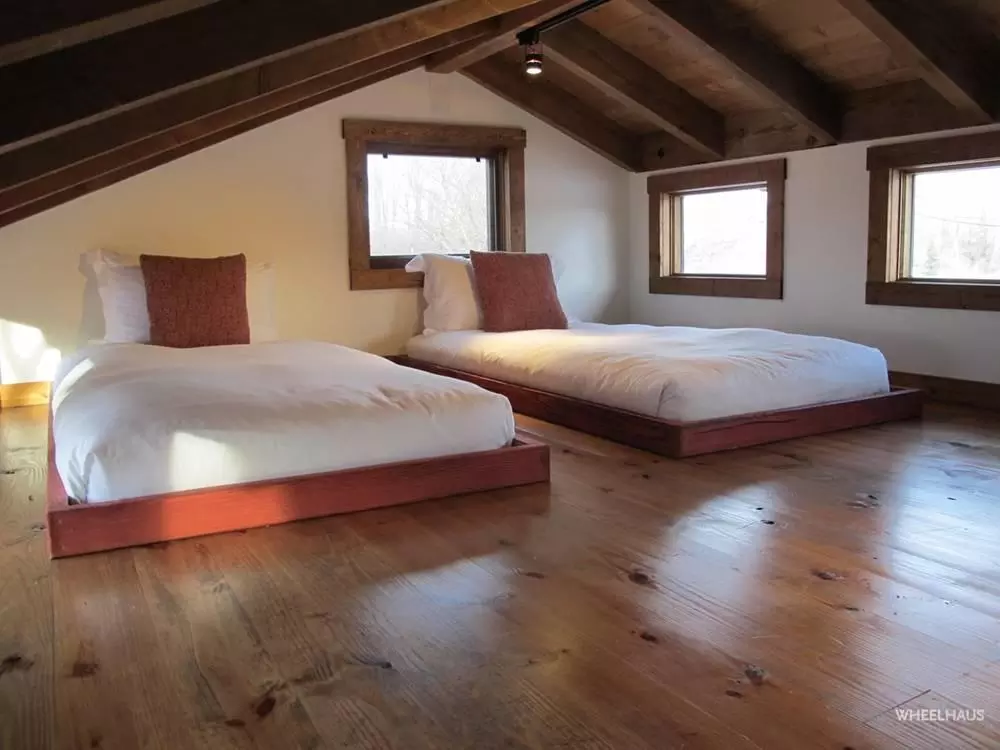Dreams of building a tiny home are common; its attraction of minimalist lifestyle combined with potential financial freedom makes for an irresistibly appealing combination. But how can one actually go from dreaming about their perfect tiny house to building it? In this guide we offer some key considerations and tips from experienced tiny house builders and contractors that may help.
Learning from Experienced Individuals – Tiny House
Before embarking on your tiny house journey, it’s essential that you learn from others who’ve gone before you. Many have built tiny homes before you and shared invaluable lessons gleaned from both mistakes and triumphs during construction; engaging with these individuals may offer invaluable insight into building one yourself.
Professional contractors and tiny house builders offer invaluable expertise when it comes to tiny house building. Researching floor plans, small house designs, and different kinds of tiny houses will allow you to determine which solution will meet your individual needs best.
Energy Efficiency Is Key Consideration
Energy efficiency should always be top of mind when designing a tiny house. Your design directly affects its energy usage – larger surface areas equate to increased heating costs; so for maximum energy savings it would be prudent to construct from the bottom up rather than expanding outwards.

Remember, heat rises. If your tiny house features two levels, its upper floor may naturally be warmed by lower heating sources – making this factor part of its design can help ensure optimal energy efficiency.
Consider The Importance of Dry Logs When Storing Firewood.
Building materials play an integral part in creating your tiny house. Logs that have been allowed to dry over an extended period are ideal, while repurposed wood makes an excellent selection due to having had time for complete drying out.
Green or wet wood shrinks as moisture evaporates, potentially causing structural damage when used as construction logs. Therefore, for optimal construction results it’s recommended that wood with moisture contents between 12-15 percent be utilized.
Design of Weatherproofing Measures
Integrating long overhang roofs and covered porches into your cabin design will protect against excess moisture, helping keep it out even post construction. Such features help make sure that it remains weatherproof after completion.
Ensuring that your finished tiny home remains dry is also of vital importance, which means putting some thought and care into landscaping and keeping water sprinklers away from its exterior walls can help safeguard its integrity and ensure its continued standing.
Building your tiny house can be both exciting and harrowing; by taking your time, saving money, and gathering as much information before beginning construction you will increase your odds of a successful journey and outcome. Don’t neglect that creating the home of your dreams takes just as much dedication!
Source: Wheelhaus